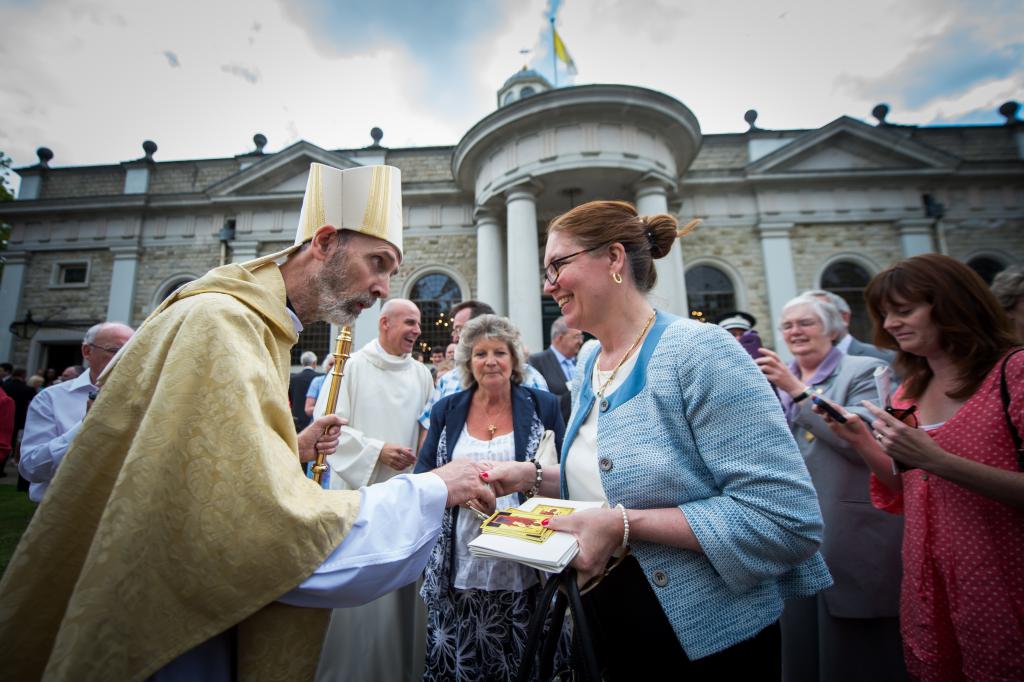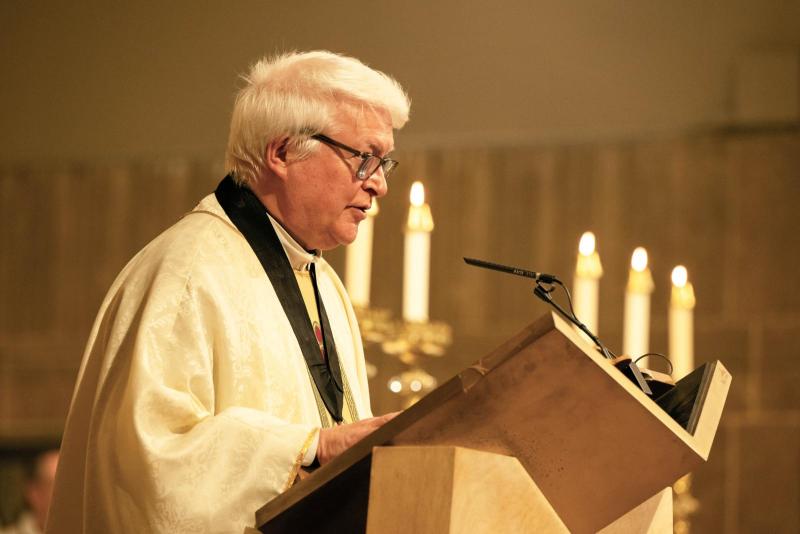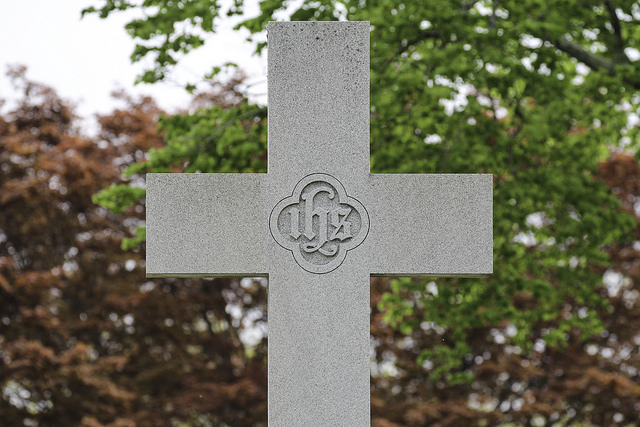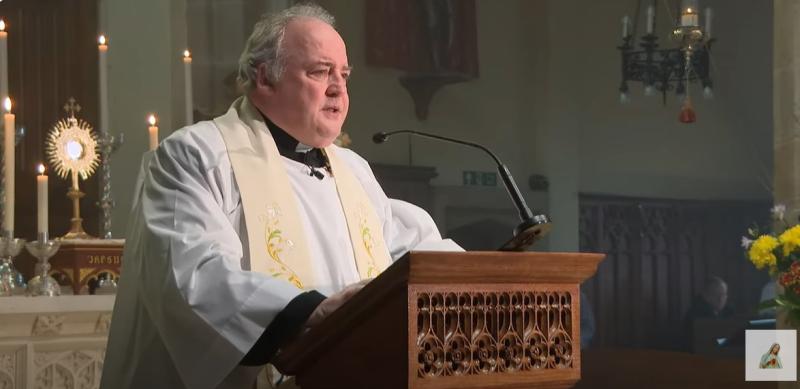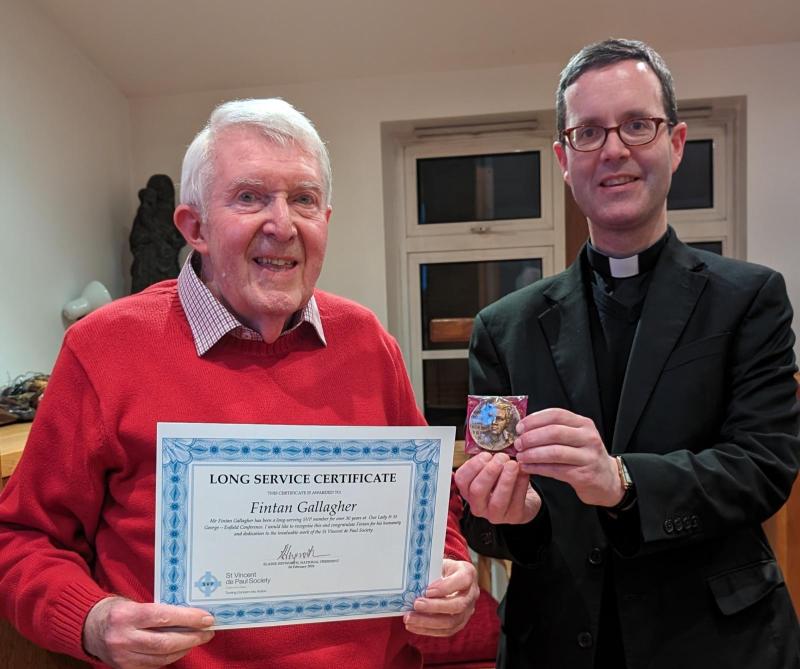On Wednesday 22nd March Cardinal Vincent Nichols will preach at the Cathedral of St Mary & St Helen, Brentwood, at the centenary Mass of the Diocese of Brentwood. In March 1917, at the request of Cardinal Bourne (Archbishop of Westminster 1903-1935), Pope Benedict XV divided the Diocese of Westminster to form the Diocese of Essex. In July of the same year the new diocese was officially established at Brentwood, comprising the County of Essex and what are now the London Boroughs of Newham, Waltham Forest, Barking & Dagenham, Redbridge and Havering. Brentwood, together with Northampton, Nottingham and East Anglia, is one of the dioceses that comprise the Province of Westminster with the Cardinal as Metropolitan, but it is the only diocese to have been created out of territory that once belonged to the Diocese of Westminster. For that reason Brentwood’s centenary is also an occasion for celebration in Westminster.
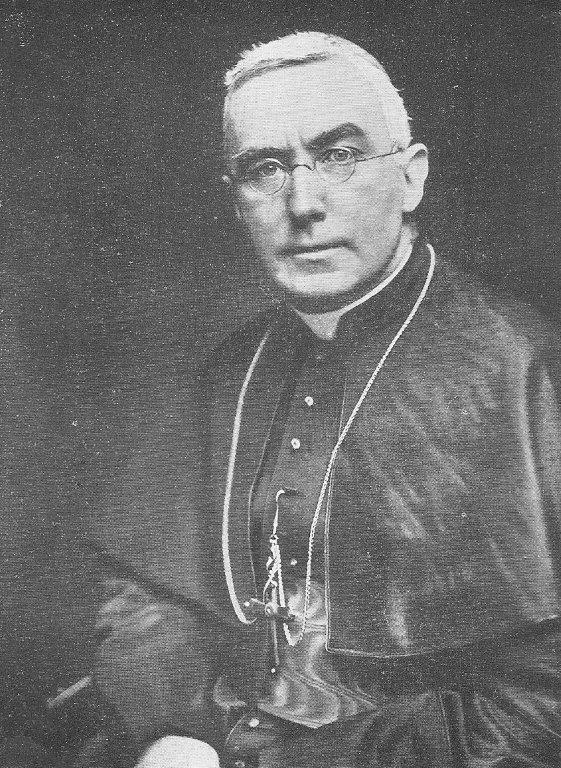 In many ways, Brentwood was a ‘child of conflict’ in that in 1917 the First World War still had a year to run (it was in 1917 that the Americans entered the Allied fight) and Russia witnessed the turmoil of the Revolution. There was also disagreement among the Catholic Bishops of England & Wales about the very establishment of a new diocese by Cardinal Bourne, the majority considering it inopportune. Moreover, it has to be said that Brentwood’s ‘birth’ was not always easy in that, as sometimes happens, there were disputes about her share of Westminster’s funds. Happily, however, these and other difficulties were solved and the two dioceses have enjoyed a very cordial relationship.
In many ways, Brentwood was a ‘child of conflict’ in that in 1917 the First World War still had a year to run (it was in 1917 that the Americans entered the Allied fight) and Russia witnessed the turmoil of the Revolution. There was also disagreement among the Catholic Bishops of England & Wales about the very establishment of a new diocese by Cardinal Bourne, the majority considering it inopportune. Moreover, it has to be said that Brentwood’s ‘birth’ was not always easy in that, as sometimes happens, there were disputes about her share of Westminster’s funds. Happily, however, these and other difficulties were solved and the two dioceses have enjoyed a very cordial relationship.
The two dioceses, Westminster and Brentwood, have always enjoyed a 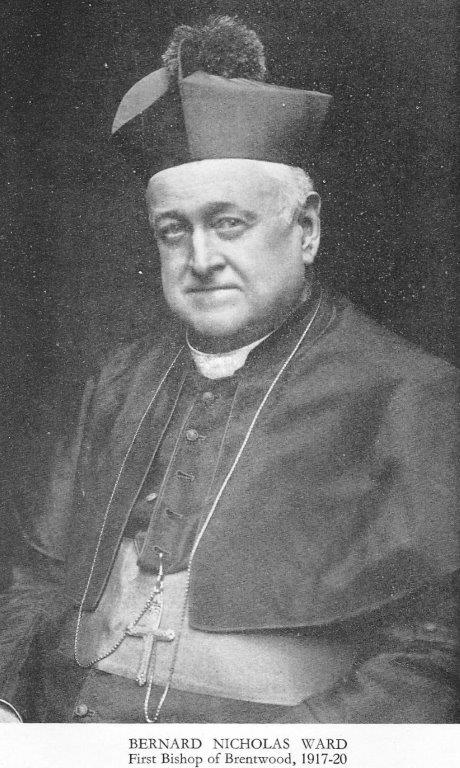 close relationship, especially in East London, where they meet along the River Lea, and in more rural areas on the Essex-Hertfordshire boundary where Catholics often attend Mass ‘across the border.’ The first Bishop of Brentwood (1917-1920) was Monsignor Bernard Ward, a former President of St Edmund’s College, Ware, a prolific author and the leading historian of eighteenth- and nineteenth-century English Catholicism of his day. Bishop Ward was a railway buff with an expert knowledge of train timetables. Before Brentwood was formally named as the seat of the new bishop, both Chelmsford and Ilford had been considered as possible centres for the diocese.
close relationship, especially in East London, where they meet along the River Lea, and in more rural areas on the Essex-Hertfordshire boundary where Catholics often attend Mass ‘across the border.’ The first Bishop of Brentwood (1917-1920) was Monsignor Bernard Ward, a former President of St Edmund’s College, Ware, a prolific author and the leading historian of eighteenth- and nineteenth-century English Catholicism of his day. Bishop Ward was a railway buff with an expert knowledge of train timetables. Before Brentwood was formally named as the seat of the new bishop, both Chelmsford and Ilford had been considered as possible centres for the diocese.
However, Bishop Ward pressed for Brentwood since, being one station London-ward from Shenfield junction, it enabled him to travel with ease both on the Liverpool-Street-to-Colchester main line and also on the Shenfield-Southend route, while changing at Ilford he could travel on the Chigwell loop (now part of the Central Line). One can imagine the Vatican authorities musing over a railway map of Essex and east London! Indeed, when making visitations to his parishes, Bishop Ward would often alight from the train not from a carriage but from the footplate, having persuaded the driver to allow him to take the engine’s controls. Likewise, when writing to his clergy, the Bishop would always include details of the most convenient train times for reaching a particular event to which he had invited them.
In more recent times the Westminster connection was renewed by the appointment of the fifth Bishop of Brentwood (1969-1979), Bishop Patrick Casey, a former Vicar General and Auxiliary Bishop to Cardinal Heenan (Archbishop of Westminster 1963-1975). After his retirement from Brentwood, Bishop Casey returned to Westminster for ten years as Parish Priest of Cheyne Row, Chelsea. Cardinal Heenan was himself ordained as a priest for the Diocese of Brentwood in 1930, a native of Ilford, where the Parish Priest, Canon Patrick Palmer, was one of the 50 or so Westminster priests who formed the nucleus of the Brentwood clergy in 1917. Under Canon Palmer’s tenure at Ilford (1896-1948) the parish produced more vocations to the priesthood than any other in England, including the future Cardinal Heenan’s boyhood neighbour, Father Brian Foley, who was appointed Bishop of Lancaster in 1962. Another of the early Brentwood priests, who started out as a Westminster seminarian, was father John Petit, a future Bishop of Menevia.
The links between the two dioceses were forged in other ways too. Many Brentwood priests were trained at St Edmund’s College, and a few more recently at Allen Hall, including the present Vicar General, Monsignor Kevin Hale. Until 1984 the Westminster Catholic Children’s Society (formerly The Crusade of Rescue) was responsible for childcare services in the Diocese of Brentwood; and today there is close co-operation between the two dioceses in the London area, especially with regard to the provision of Eastern Rite and ethnic chaplains, working to support migrants, projects for the homeless and other forms of social care. Indeed, in parishes in the East End of London the two dioceses share, and are committed to alleviating, many of the same social hardships.
Brentwood’s centenary will be marked in a number of ways, at both diocesan and parish level. But the celebrations will close in a very Westminster-centred fashion on 16 November, the feast of
St Edmund of Canterbury, when Bishop Alan Williams SM, the present Bishop of Brentwood, will preside at a Mass in the Chapel of St Edmund’s College, Ware, with the Brentwood clergy and the Canons of the Westminster Chapter concelebrating.
St Edmund’s College has a very special link with the Diocese of Brentwood quite apart from being the seminary at which many of its priests were educated. Bishop Ward, the first Bishop of Brentwood, was born there in 1857, spent most of his priestly life at
St Edmund’s, where he served as President from 1893 to 1916, wrote several books on its history, and lies buried in the Chapel of St Edmund close by the relics of the saint. Together with Our Lady of Lourdes (Principal Patron), St Erconwald and St Cedd, St Edmund is a patron of the Diocese of Brentwood and his emblem (the three suns) appear on the diocesan coat-of-arms. Although for 100 years a separate diocese, Brentwood will never forget her Westminster roots and the importance of her continuing links with her mother-diocese.
Fr Stewart Foster is the Archivist of the Diocese of Brentwood.
Lead image: Mazur/Catholicnews.org.uk
